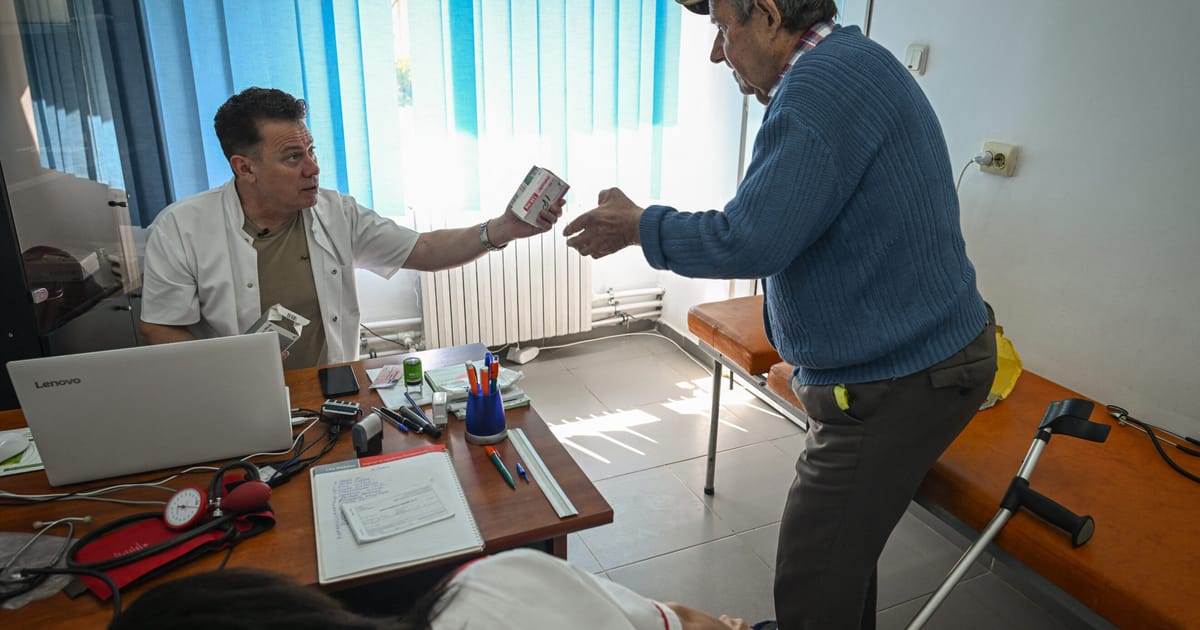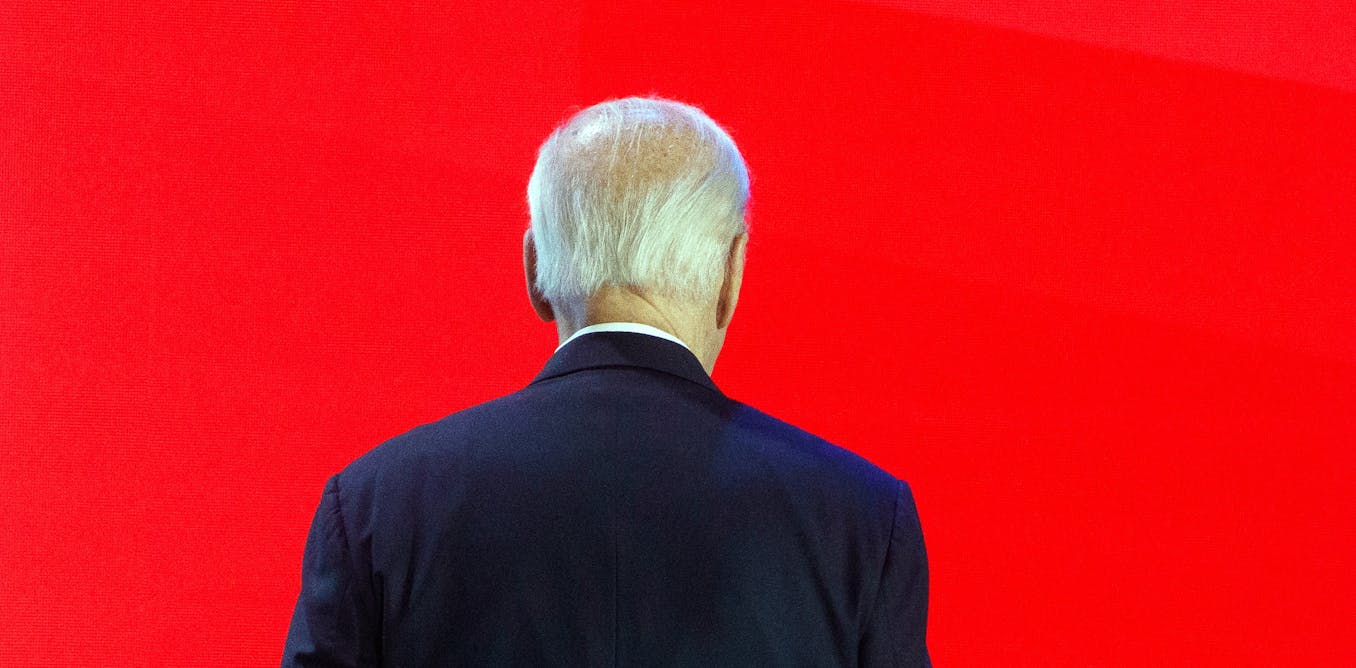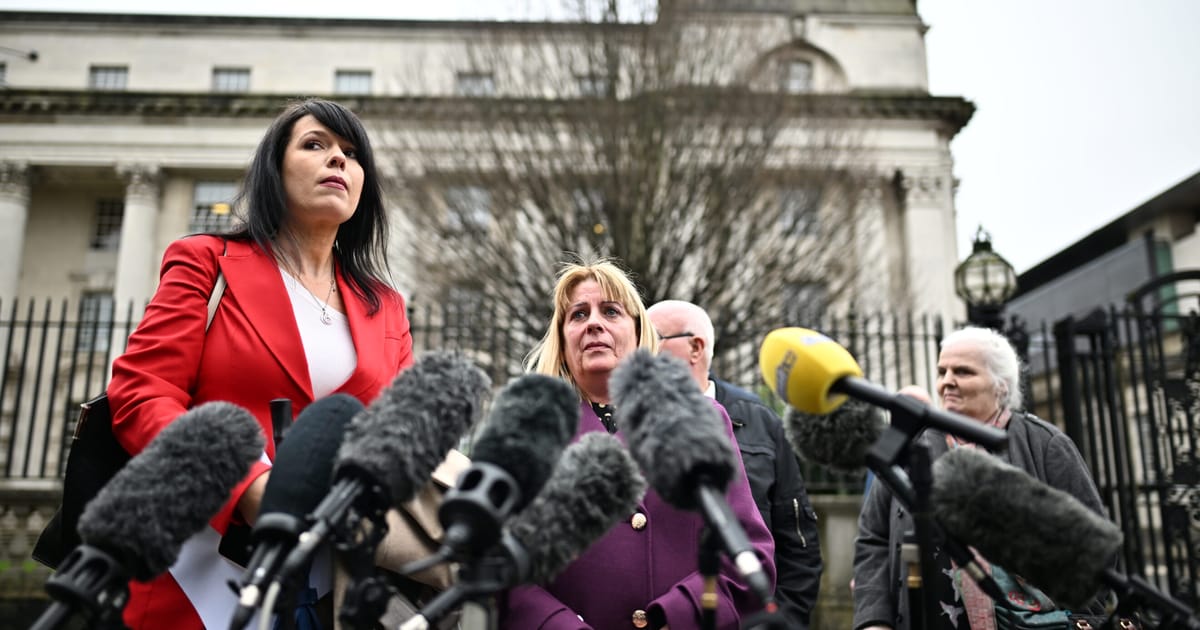Press play to listen to this article
Voiced by artificial intelligence.
The single market is at the very heart of the European Union. But when it comes to one type of product — life-saving medicines — it’s every country for itself.
Patients across the bloc don’t have the same drugs available when battling with disease. A doctor in Romania waits on average two years to prescribe the same cutting-edge drug as their counterpart in Germany. If someone is suffering from a life-threatening illness such as cancer, that’s the difference between life and death.
Policymakers are aware of this postcode lottery — and want to change it.
“Patients in Western and bigger member states have access to 90 percent of newly approved medicines. In Eastern and smaller member states, this number is as low as 10 percent,” said Health Commissioner Stella Kyriakides in a speech in April. “This is truly unacceptable.”
The senior EU official was presenting the Commission’s proposal to reform Europe’s pharmaceutical market, the main aim of which is to fix this issue of unequal access. The big idea is to punish companies that don’t launch their product in all of the EU’s 27 markets within two years. If they don’t play ball, they will face earlier competition from rivals.
It’s a blunt instrument for what experts say is a complicated problem. And the jury is still out on whether it will work.
But as legislators in the Parliament begin their lengthly wrangling over the details of the text, we break down the biggest obstacles to a fairer market for medicines.
Money
The first reason is simple: Some drugs are really expensive. And there are big economic differences within the 27 EU countries — Bulgaria’s GDP per capita is almost five times less than the Netherlands, for example. It means that some countries can spend more on health care — and drugs — than others.
An industry-funded analysis into Europe’s market for cancer medicines by the Swedish Institute for Health Economics (IHE) finds top spenders Austria, Germany and Switzerland shelled out between €92 and €108 per person on cancer drugs, compared with €13-€16 spent by the Czech Republic, Latvia, and Poland.
Lower spending translates into fewer medicines prescribed. In the case of immuno-oncology drugs, for example, use in poorer countries was between a tenth and a fifth of the one observed in wealthier countries.
“A large share of European cancer patients, especially in Eastern Europe, cannot gain access to effective (and potentially cost-effective) medicines due to affordability-related reasons,” write the researchers.
Secret haggling
A more complicated reason lies in the opaque and idiosyncratic way that medicines are priced. By far the most common way of negotiating prices in Europe is that pharmaceutical companies haggle over prices with governments directly, and in secret, so no country really knows what another is paying for a drug.
“They [the pharmaceutical companies] choose to first launch the medicines in the countries where they expect to get higher prices, typically, higher-income countries that can pay more,” said Sabine Vogler, who leads the pharmacoeconomics department of the Austrian National Public Health Institute. “In Southern European countries like Portugal and Greece and Eastern European [countries] they are proposed at the later stage … in two or three years.”
When rolling out a new medicine, companies go to the countries where they can get the best price — usually the largest and richest ones — first. Governments in these countries will set a so-called reference price, which is publicly available. But that price is negotiated down in confidential talks where an undisclosed rebate is agreed. The process starts again with the next country, which uses the public reference price as a starting point.
The upshot is that negotiations are spread out over time — and countries with the least attractive markets are last in line.
Red tape
For the pharmaceutical industry, the culprit isn’t the quest for grubby euros and cents, but the reams of paperwork involved in getting governments to pay for a new medicine.
“The application for [drug negotiations] is a time-consuming process,” reads an analysis published by pharmaceutical lobby EFPIA into the root causes of delays to medicines rollouts. “Every country requires the development of a tailor-made dossier in local language and compliance with local rules.”
In theory, the EU’s Transparency Directive caps at 180 days the amount of time that countries have to arrive at a decision on how much they’ll pay for a medicine. But in practice it allows for “clock stops” — where that countdown freezes when regulators and government agencies ask companies for more data.
And this can add up. An industry analysis of average access time for personalized cancer drugs across five countries showed that Denmark takes a little over four months to decide whether to pay for a medicine. In Poland, the worst performing country, it takes 30.
The right fix?
A few fixes are already in the works. The so-called Joint Health Technology Assessment will produce a single EU-wide evaluation of new medicines to help countries decide how much to pay — rather than 27 national dossiers for each drug, as is the case now. The first joint assessment is expected in 2025.
Regional groups of countries, such as the Beneluxa initiative of Belgium, the Netherlands, Luxembourg, Austria and Ireland, have started to pool together to buy medicines jointly — simplifying negotiations for drugmakers and strengthening the bargaining power of the buyers.
But it’s the European Commission’s pharmaceutical reform proposal that is the most ambitious fix yet. And with the package already having seen strong industry lobbying against the move to force bloc-wide launches, European legislations are going to have their work cut out.




